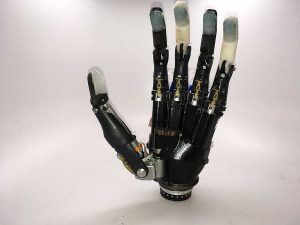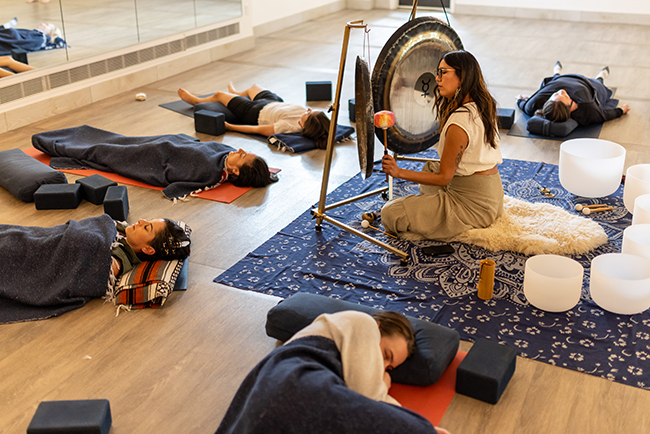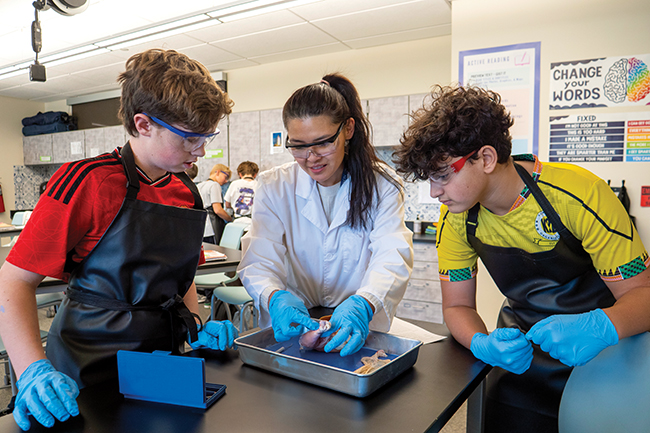Exciting advances in prosthetic technology are restoring amputees’ sense of touch
18 Jun 2019
Feels Like Progress
By Sara Bruskin Modern prosthetic arms and hooks are highly functional, and the people who use them have little to no problem with everyday tasks (after an adjustment period, of course). The phantom limb sensation, however, still causes severe physical dissonance for many amputees, regardless of prosthetic use. People experience ghostly sensations from an arm that’s no longer there, and those sensations frequently climb to intense pain. Engineers who work on prosthetics are hoping to increase functionality and relieve some of that bodily dissonance by manufacturing arms that can convey a sense of touch to the wearer. Jacob Segil, an instructor at the University of Colorado Boulder and research healthcare scientist in the Rocky Mountain Regional VA Medical Center, is leading a team developing fingertip sensors for prosthetics that can “feel” tactile pressure. People using this technology will be able to interpret the hardness or softness of an object they’re touching, and feel how tightly they’re gripping it.












